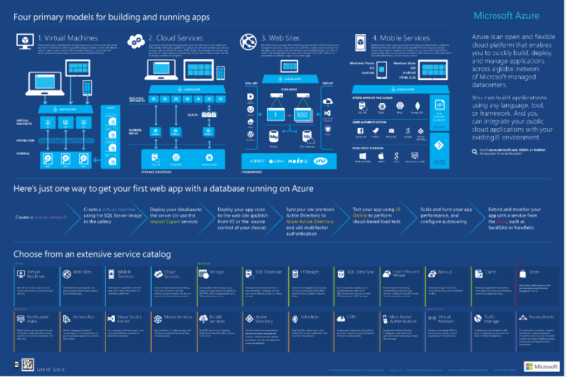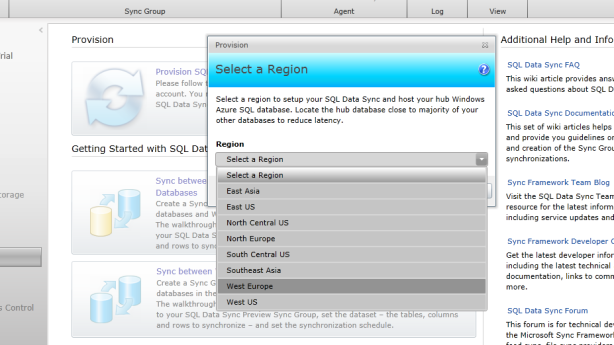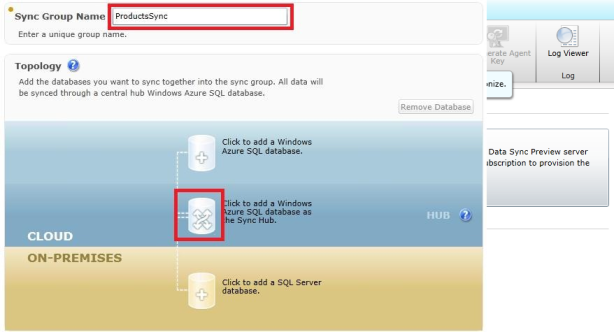Like in the last year Portugal had made part of this event. Is really inspiring when you work in this area to see so many off your pears to go to an event like this at a Saturday and the Liberty day at Portugal, basically a non working day.
Was a pleasure to be present, was a shame not to be able to assist all the event, but my 3 weeks daughter had need assistance at morning.
The event had some very interesting talks about what’s coming next (ASP.NET v-NExt, the great support to open source technologies in Azure, and some talks about business), as in last year i had the opportunity to speak at this event.
My talk was about Azure Search one azure service that i had been studying since the launch and that i always had desired since the launch of the Microsoft PAAS platform.
I don’t know how many of you guys had pass the challenge of implementing or thinking about Search in the context of your Website, Portal or App, but this topic can have a big complexity. And i think along the year’s Search had not the value he deserves.
Azure Search really allow you to use Search as a Service hosted on the cloud. This is one more off that kind of services Azure have that i think is excellent to grant the backend part of our web or app development.
The most fantastic thing about Search is that this service is agnostic to the client technology and even allows a full control and interation using a REST API.
I will keep developing and diving into this topic and I hope soon I have a deep dive to share with all our developer’s, for know i let you with my slide deck and the suggestion to stay tuned with this service and start to playing around with this service.
You can download our full version off the slidedeck from Gab2015 azure search as a service

























![clip_image022[4]](https://i0.wp.com/geekswithblogs.net/images/geekswithblogs_net/asmith/Windows-Live-Writer/4c51fe8f435f_9F92/clip_image022%5B4%5D_thumb.jpg)



![clip_image030[4]](https://i0.wp.com/geekswithblogs.net/images/geekswithblogs_net/asmith/Windows-Live-Writer/4c51fe8f435f_9F92/clip_image030%5B4%5D_thumb.jpg)
